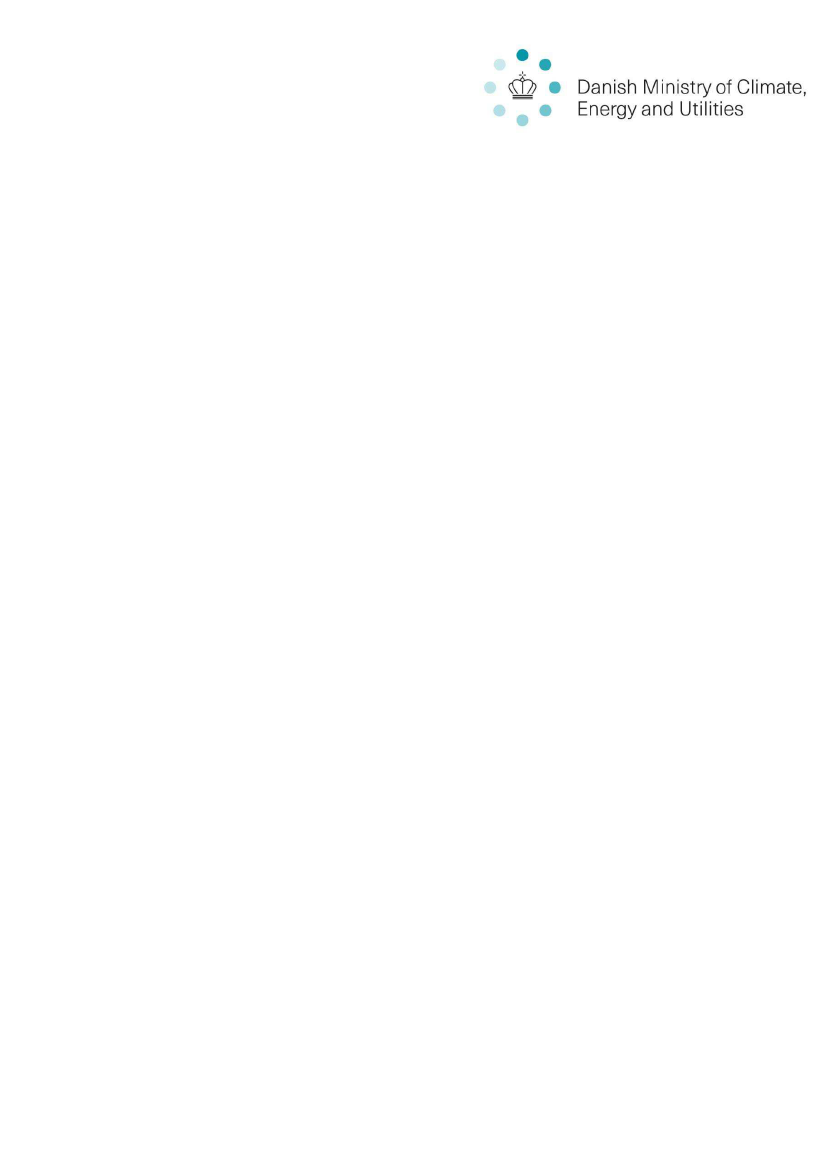
Danish comments to the public consultation concerning the draft on Guide-
lines on State aid for climate, environmental protection and energy
1. General comments to draft guidelines
The Danish Government welcomes the opportunity to comment on the
Commission’s
draft on State aid Guidelines for climate, environmental protection and energy 2022
(hereafter “CEEAG”).
The current Guidelines for Environmental Protection and Energy 2014-2020 has
played an important role, in relation to not only the regulation of the internal market,
but also
–
and especially
–
when it comes to fulfilling and meeting
EU’s energy and
climate targets and objectives. The Danish Government therefore welcomes the draft
CEEAG and the changes introduced in this draft to support EU and its Member States
in the efforts to meet the targets to reduce greenhouse gas emissions and becoming
climate-neutral by 2050.
As an introductory remark, the Danish Government finds that the structure of the draft
CEEAG is clear and logical and thereby more accessible to the reader.
Furthermore, the Danish Government generally finds that the draft CEEAG strikes a
reasonable balance between considerations for competition in the internal market
and the urgency to ensure a fast and fair transition to a low carbon economy.
In previous consultations concerning the revision of the guidelines, the Danish Gov-
ernment has highlighted the need for a strengthened, modernized and a future proof
state aid legislation that can support the green transition in the Member States and
ensure the necessary investments in renewable energy, including new renewable
energy technologies, and other types of technologies that can reduce greenhouse
gas emissions.
The Danish Government therefore welcomes that the draft CEEAG not only seems
to be more aligned with recently adopted energy legislation, for example the Renew-
able Energy
Directive (2018/2001/EU) (hereafter “RED II”),
but also the intention to
future proof the guidelines by not locking it to existing RES technologies and ensuring
that it should be interpreted together with the relevant sector legislation. The changes
introduced by the Commission in section 4.1 of the CEEAG, which seek to clarify
how the Commission will assess aid to technologies such as Power-to-X, is e.g. an
example on how the guidelines will be more suitable as an instrument for designing
aid schemes in the future.
However, we have also identified some elements contained in the sections on the
specific aid categories in the draft CEEAG that could give rise to uncertainty or bring
about certain challenges when applying the future CEEAG. These sections are ad-
dressed in the following.
Dato
30. juli 2021
J nr.
2021-2484
Side 1/4